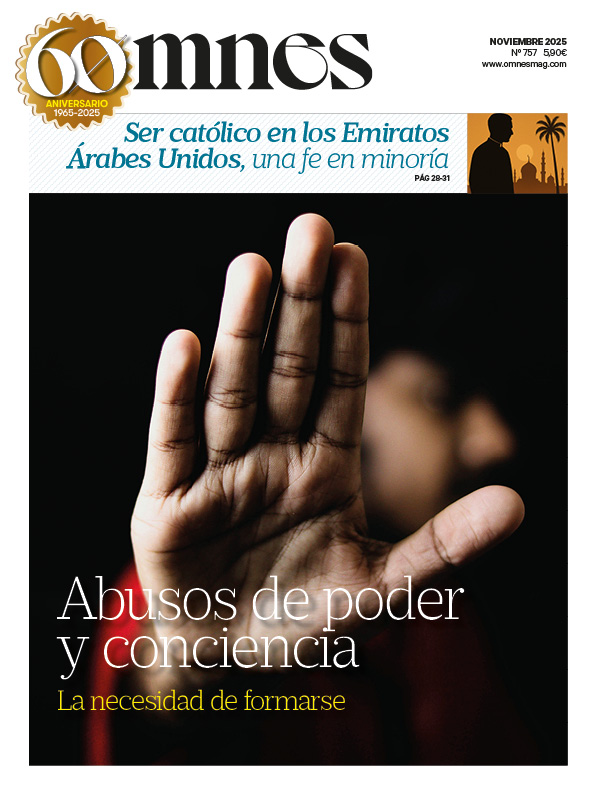It is known that as early as the fifth century, a basilica was dedicated to Saint Cecilia, virgin and martyr, in the Trastivere district of Rome. Her cult spread widely after the account of her martyrdom, or Passio, was written in the sixth century, in which she is praised as the perfect example of a Christian woman who embraced virginity and suffered martyrdom for the love of Christ.
According to the Passio Sanctae Caeciliae, Cecilia married the patrician Valerian for convenience, to whom she confides that she has converted to Christianity and taken a vow of perpetual virginity, writes the saint's day Vatican. Valeriano agrees to receive catechesis and baptism. He is later joined by his brother Tiburcio, who also embraces the Christian faith. Both brothers were arrested and beheaded, along with the officer who took them to prison, who had also converted.
He professed his Christian faith.
The Roman authorities also wanted to arrest Cecilia, despite her popularity as a young Christian. They locked her in a cauldron at high temperatures, but after 24 hours, the guards found her miraculously alive, enveloped in a heavenly dew. Her beheading was then ordered, but the executioner was unable to carry it out.
Finally, Cecilia died after three days of agony, and although she could not speak, she professed her faith in the Holy Trinity with her fingers. This is how she was sculpted in the statue kept under the central altar of the Basilica that bears her name. The Vatican website notes that at the end of the medieval period, an explicit and documented link was found between Saint Cecilia and music, despite some misinterpretation. The Academy of Music founded in Rome in 1584 bears her name.








